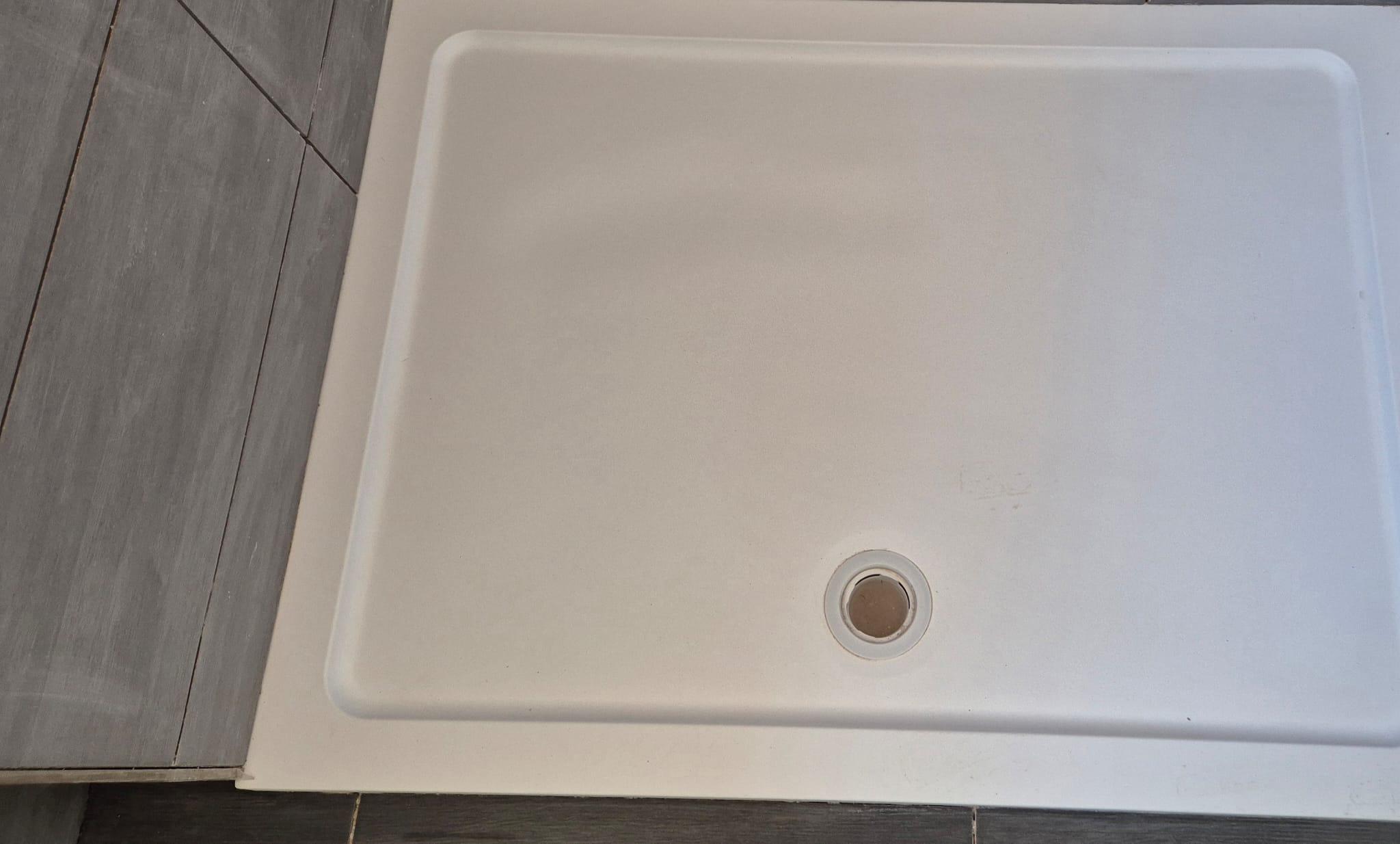
1. Ignoring Manufacturer Guidelines
This is the biggest and most avoidable reason for failure.
Every shower tray comes with specific instructions from the manufacturer, including how it should be bedded, what adhesives or mortar to use, and how to seal it properly. If those guidelines aren’t followed to the letter, you’re at serious risk of future problems.
⚠️ Beware: If your installer says something like “I’ve been doing this for 20 years” and still beds trays on sand and cement, or uses tile adhesive under an acrylic tray, that’s a red flag. Experience means nothing if it ignores current standards.
They must follow the manufacturer's guidelines—not outdated habits.
2. Poor Support Under the Tray
Some trays—especially lightweight acrylic ones—require a full bed of adhesive or mortar beneath them, or sometimes even a reinforced leg kit. If the support underneath is patchy, hollow, or uneven, the tray can flex and eventually sink.
Signs of a problem: If you feel movement or bounce when stepping into the tray, it likely wasn’t supported properly.
3. Tiling Before the Tray is Fully Set
Another common shortcut is rushing into tiling before the tray is completely fixed and cured. If the tray moves even slightly after the walls are tiled, it can break the watertight seal and crack the tiles.
The right way: Fit the tray. Secure it. Let it cure. Only then should tiling begin.
4. Bad Waterproofing at Wall and Tray Junctions
Waterproofing isn’t just about good silicone. If the tray isn’t level, secure, and sealed properly against a tanked wall, water will always find a way through. Over time, leaks can lead to hidden damp, rotten timbers, and costly repairs.
Golden rule: A watertight seal depends on stability and prep—not just a neat bead of silicone.
5. Wrong Adhesives and Materials
Using unsuitable adhesives or bedding compounds under the tray can result in poor adhesion, shrinkage, or even chemical reactions that weaken the tray’s base. Sand and cement, for example, is not suitable unless specifically recommended by the tray manufacturer.
What we use: At Coventry Tiling, we only use materials that are manufacturer-approved and designed for wet environments. No guesswork. No shortcuts.
Final Word
A shower tray should last for years. If it’s already showing signs of movement or damage, something’s gone wrong beneath the surface.
At Coventry Tiling, we’re regularly called in to put things right after a rushed or outdated installation. If you’re investing in a new bathroom, don’t leave it to chance—choose tradespeople who follow modern standards, not just old habits.